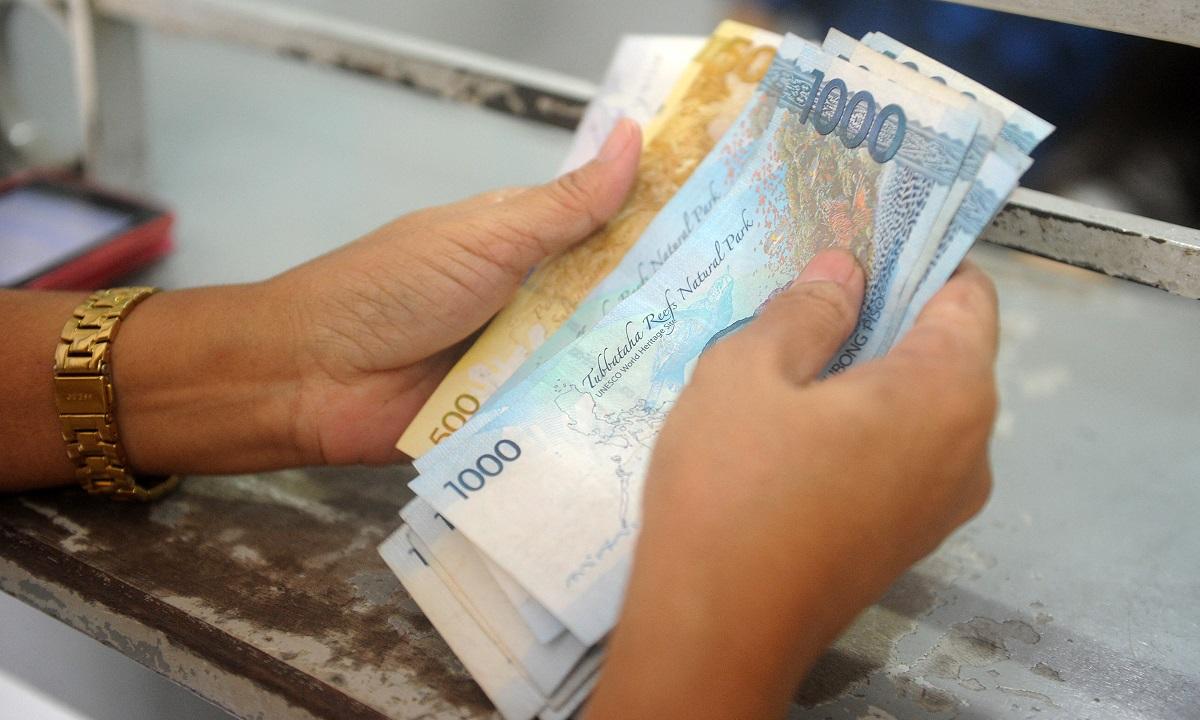World Bank says remittances up 5% in 2022; Philippines among top recipients

WASHINGTON — Remittances to low- and middle-income countries grew by nearly 5% to around $626 billion in 2022—about half the expansion seen last year—and growth is expected to slow further to around 2% next year, the World Bank reported on Wednesday.
Remittances are a vital source of household income for people in low- and middle-income countries, helping to alleviate poverty and building resilience, while boosting the birth weight of infants and school enrollment rates for older children.
Officially recorded remittances grew in 2022 as host economies reopened and employment rose as the COVID-19 pandemic receded, but rising prices adversely affected migrants’ real incomes, the World Bank said in its latest Migration and Development Brief.
Migrants help to ease tight labor markets in host countries while supporting their families through remittances - @mich_rutk
— KNOMAD (@GlobalKNOMAD) November 30, 2022
Read @WorldBank @GlobalKNOMAD report: https://t.co/0ICpFlILtV pic.twitter.com/fW5B4J6tUH
It said the strong growth rate forecast for 2022 was noteworthy given that it came after a surge of 10.2% in 2021. Global remittance flows, including advanced economies, are expected to reach $794 billion in 2022, the report said.
The appreciation of the Russian ruble after the start of the war in Ukraine translated into higher value, in US dollar terms, of outward remittances from Russia to Central Asia, while the weaker euro reduced the value of remittances to North Africa and elsewhere, the bank said.
It said growth in remittances was expected to ease further in 2023 as gross domestic product growth in high-income countries continued to slow.
"Downside risks remain substantial, including a further deterioration in the war in Ukraine, volatile oil prices and currency exchange rates, and a deeper-than-expected downturn in major high-income countries," the report said.
The top five recipient countries for remittances in 2022 are expected to be India with a new benchmark of $100 billion, followed by Mexico with $60 billion, China, the Philippines, and Egypt, the report said.
Rising pressures from climate change were expected to drive increases in migration within countries and impair livelihoods. As a result, it said, changes may be required in the international legal norms and institutional frameworks for cross-border migration to cope with the challenge of climate-rated migration.
Philippines data
Remittance inflows to the Philippines are seen to increase by 3.6 percent in 2022 to $38 billion from $36.7 billion in 2021, "reflecting benefits of bilateral arrangements that the Filipino government forged recently with destination governments (including Saudi Arabia) to improve the treatment of Filipino workers," the report said. The Philippines also benefits from having among the lowest remittance fees in the East Asia and Pacific region.
The report also said that in 2022, remittances as a share of GDP are expected to clock in at 9.5 percent.
In 2023, remittance inflows to the Philippines are expected to grow by 2 percent to $39 billion. — Reuters



